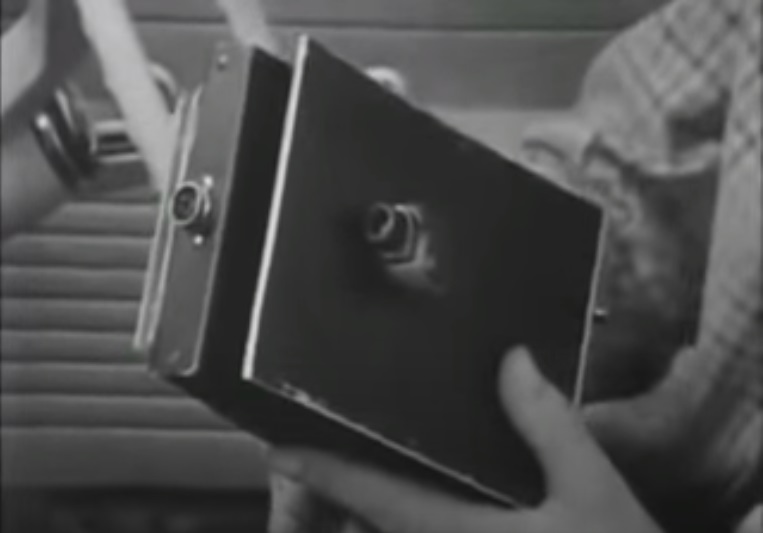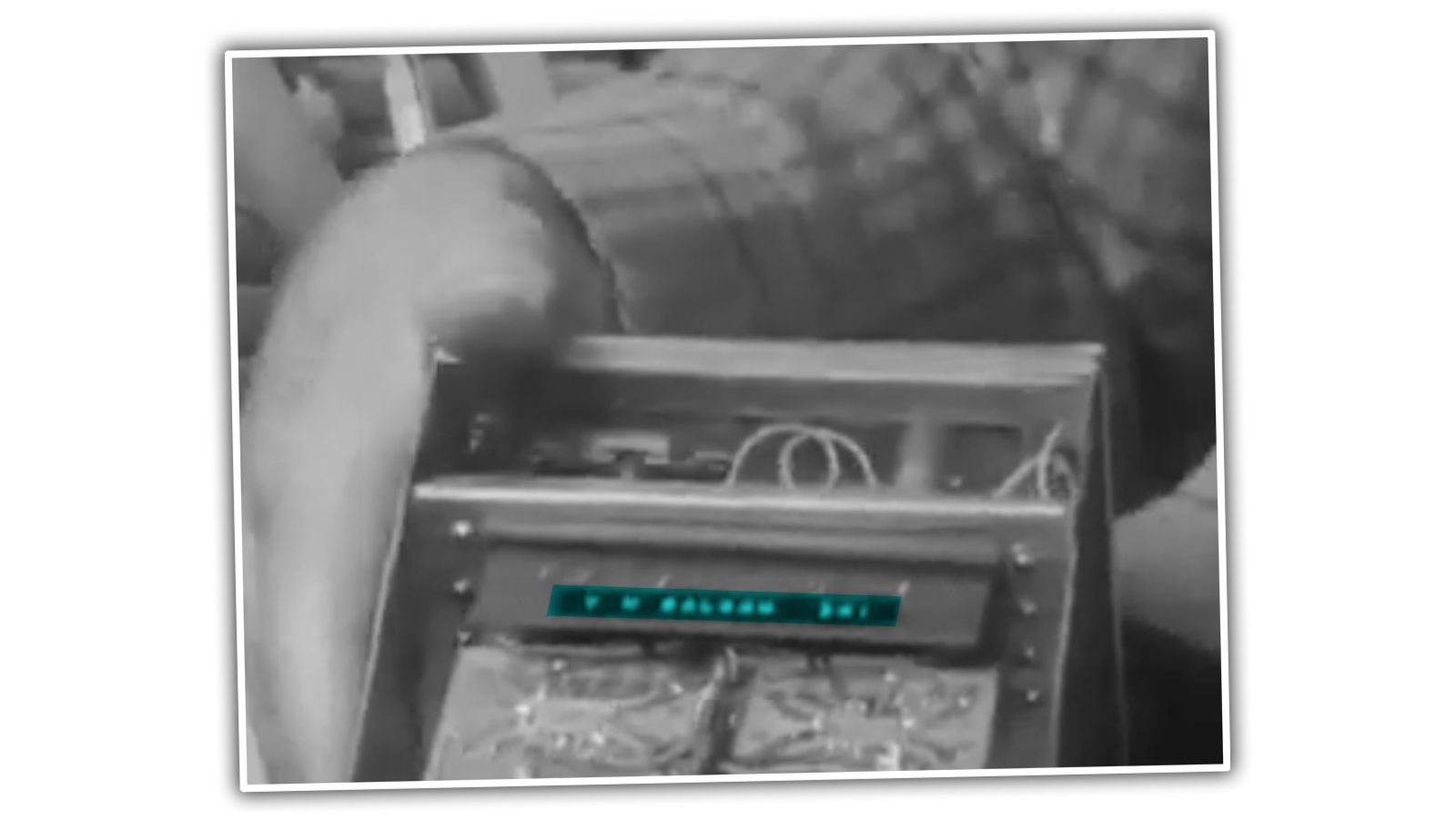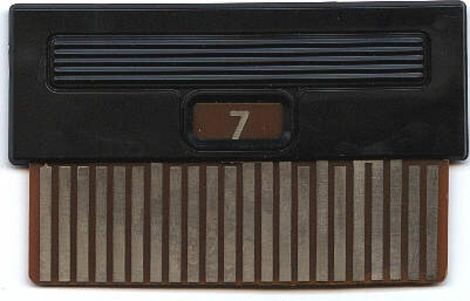To understand what this is about, you should probably take a look yourself at this passage:
Take a look, this system works just like voice navigation in maps from Google, Apple and others. The driver receives voice instructions about the next maneuvers - the system tells him where to go or turn, based on the location of the car. This 47-year-old system somehow copes with the task of navigation, without having any satellite, cellular communications, or even a computer.
Of course, it is much more limited than current GPS systems, but within its characteristics, it is really smart. The system works by recording individual instructions on a cassette or, as the presenter fancifully calls it, "magnetic tape cassette." Keep in mind that the cassettes themselves were still quite new at the time. Cassette players appeared in about 1964, and their car versions did not go on sale widely until 1968.
It would be pretty useless to just play the instructions cassette - it would be better to just play the music. There must be other components in this system, and this is where things get really interesting.
The recorded instructions also play back beeps of various lengths. The duration of these beeps is determined by the electronics under the dashboard, and this duration is expressed in how many miles the car must drive until the next instruction is heard.

To calculate this distance, the electronic box is connected to the car's odometer through a mechanical cable connection that drives a gear mechanism. This mechanism calculates the number of miles traveled and when the number of miles equals the value provided by the tone duration, the next instruction is played.
It's a pretty smart system, I think this mechanism can be called a simple analog computer. The real innovation in this system is reading data from a cassette. This is possibly one of the earliest examples of the use of a cassette tape for storing and reading computer data - five or six years before the practice became common in the very first wave of home computers.

It is also interesting how the system calibrates tire sizes. A cartridge is used for this. The components that tune the system to a given vehicle tire size (which affects mileage calculations) are housed on a small printed circuit board that plugs into an internal connector. You can see this system in the video, there it is called "VW SALOON".

The idea is as follows: a printed circuit board, similar to a cartridge, does not store a program in a ROM chip, but a set of jumpers or other components designed to change some parameters in the main "program". A similar technology was applied in the same year in the first home game console Magnavox Odyssey.
So let's take a look at what this ancestor of modern navigation systems is capable of: it can provide step-by-step directions for driving to a chosen location depending on the distance you have traveled. This is already good. Of course, if you take a detour or get lost, then you will have problems. It would be nice if the system could stop calculating the mileage or go back to the last step and recalculate the distance traveled. It seems these functions could have been implemented.
Despite the hardware limitations, this system does a great job. I am impressed. Which is why the fact that I have yet to find out who did this thing is so crazy. I want to give credit to the engineer or company that created this device. The problem is that this device looks like a prototype, there are no markings on it and I have not found any mention of it. Because of this, it is difficult to determine who the developer of this system was. Also, I cannot make out what is recorded on this tape. I'll be glad to find out if you know something about this.
Subscribe to the channels:
@TeslaHackers - a community of Russian Tesla hackers, rental and drift training on Tesla
@AutomotiveRu - auto industry news, hardware and driving psychology

About ITELMA
- automotive . 2500 , 650 .
, , . ( 30, ), -, -, - (DSP-) .
, . , , , . , automotive. , , .
, , . ( 30, ), -, -, - (DSP-) .
, . , , , . , automotive. , , .
Read more helpful articles:
- - Automotive, Aerospace, (50+)
- [] (, , )
- DEF CON 2018-2019
- [] Motornet —
- 16 , 8
- open source
- McKinsey: automotive
- …